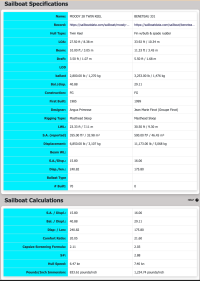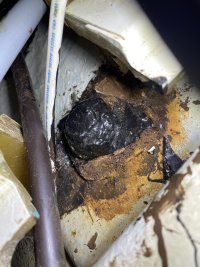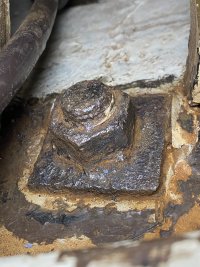Yiannos Ragkousis
Registered Guest
Hi all and thanks for welcoming me in the forum.
I am looking at buying a sailboat max 33ft mainly for keeping the maintenace costs reasonable. I found a 1987 Moody 28 which I am going to see tomorrow and I am very keen on. Accommodation space looks sufficient and can be compared with modern cruisers. Seakeeping abilities? How does she compare to a more modern (2004) Jeanneau or a Beneteau 331 for example? Is she capable of offshore passages (not ocean) or is she mainly a coastal cruiser?
I would also like to ask what are the points that I need to pay attention at? I have experience with boats and can assess the condition of a sail for example, but I would like to know if there are any tell-tales that I should have in mind that will show anything that is not visible. Or are there any weak points or known issues on that model?
With a little reserch I've done on the web looks like they are strong builts with a good resistance in osmosis but since she is in the water at the moment it is not something that I can check this weekend but will do if I proceed with a survey. What abbout keelbolts though? Is that a thing to consider? Some say that they need to be changed every x years some say they should be replaced if they show marks of rust. Any experience on that aspect? Is that something visible, is it a survey thing or something done provisionaly?
Thanks for your answers and looking forward to tomorrow's visit
I am looking at buying a sailboat max 33ft mainly for keeping the maintenace costs reasonable. I found a 1987 Moody 28 which I am going to see tomorrow and I am very keen on. Accommodation space looks sufficient and can be compared with modern cruisers. Seakeeping abilities? How does she compare to a more modern (2004) Jeanneau or a Beneteau 331 for example? Is she capable of offshore passages (not ocean) or is she mainly a coastal cruiser?
I would also like to ask what are the points that I need to pay attention at? I have experience with boats and can assess the condition of a sail for example, but I would like to know if there are any tell-tales that I should have in mind that will show anything that is not visible. Or are there any weak points or known issues on that model?
With a little reserch I've done on the web looks like they are strong builts with a good resistance in osmosis but since she is in the water at the moment it is not something that I can check this weekend but will do if I proceed with a survey. What abbout keelbolts though? Is that a thing to consider? Some say that they need to be changed every x years some say they should be replaced if they show marks of rust. Any experience on that aspect? Is that something visible, is it a survey thing or something done provisionaly?
Thanks for your answers and looking forward to tomorrow's visit



